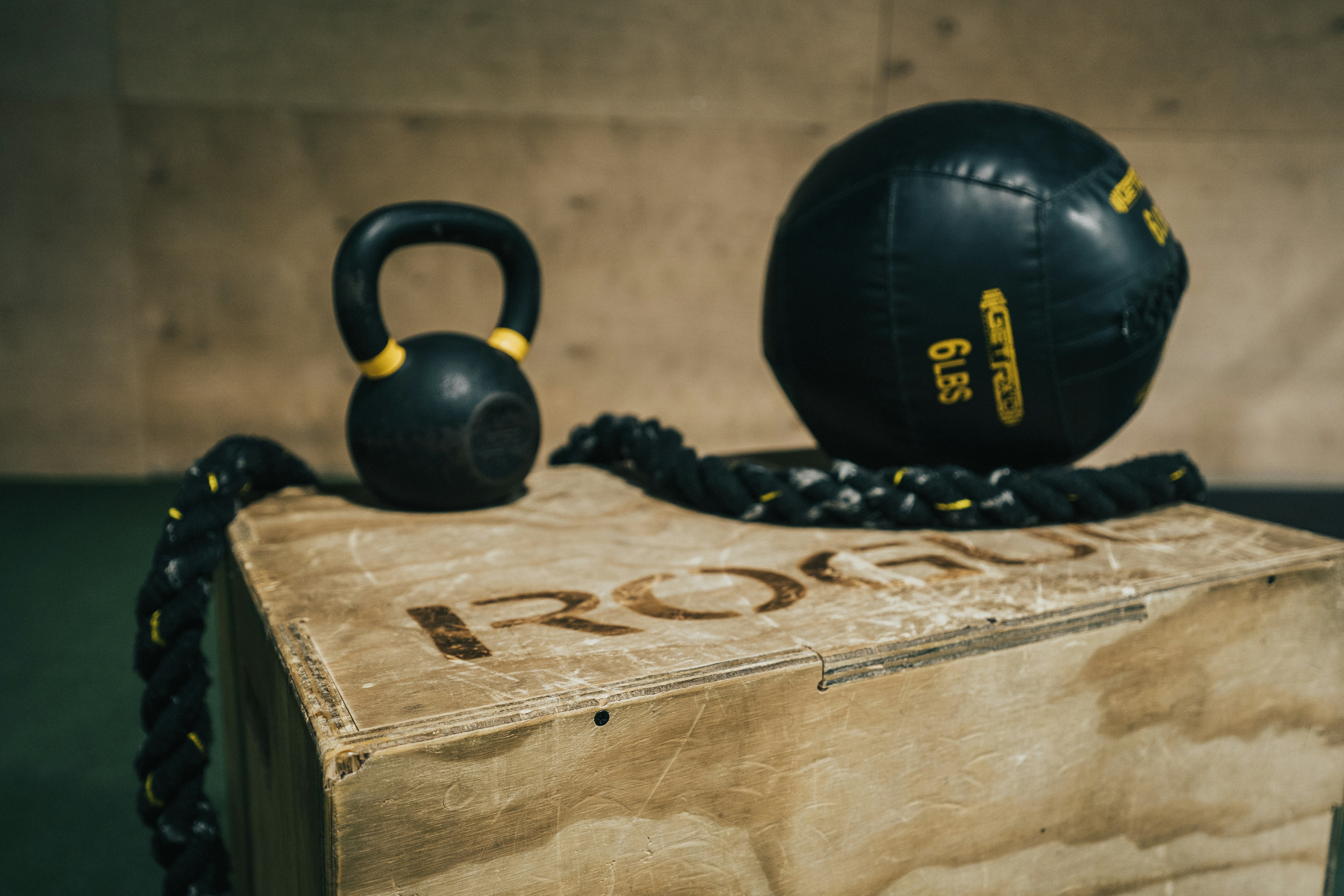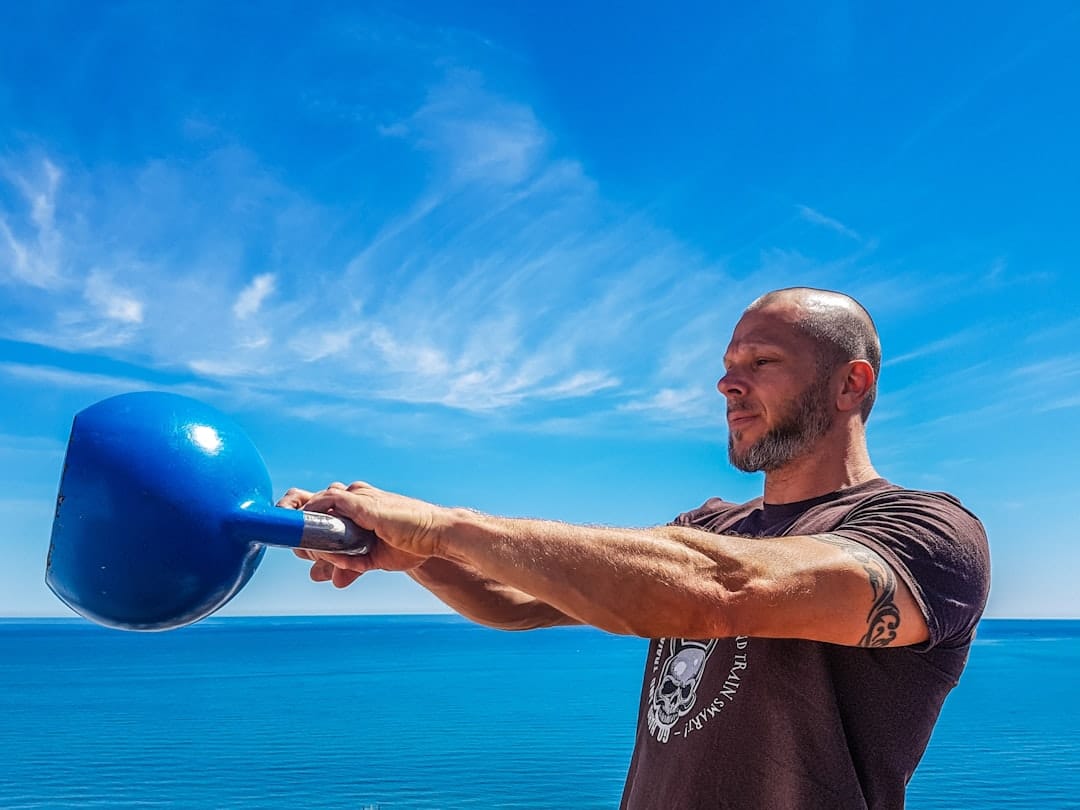The only way to define your limits is by going beyond them.
– Arthur C. Clarke
Exploring asymmetric training can unlock new strength, stability, and overall athletic performance potential.

The Science Behind Asymmetric Training: Understanding the Fundamentals
Sports performance can improve by 12% with the inclusion of asymmetric exercises
Having delved into the scientific grounding, it becomes apparent why asymmetric training is increasingly significant. Many sports, including my favourite, Jiu Jitsu, hinge on balance and stability. When you grapple with an opponent, your body is rarely in perfect symmetry. You’re constantly shifting weight from one side to another, using unique angles and forces to gain leverage and control. This is where asymmetric training shines — it mimics these real-world conditions by challenging your body to stabilise and generate power from unbalanced positions.
For example, the single-arm kettlebell swing or the Bulgarian split squat. These exercises require your core to remain engaged while different muscles exert variable forces on each side of your body. Over time, such movements enhance your proprioception, or body awareness, enabling you to anticipate and counter your opponent’s moves more effectively. Additionally, the improved balance and stability you gain from asymmetric training translate to more powerful and controlled movements on the mat.
By incorporating asymmetric exercises, you create a training environment that mirrors the unpredictable nature of sports like Jiu Jitsu, leading to improved balance, stability, and overall performance. Ever wondered how focusing on your weaker side might make you stronger? This brings us to the fascinating topic of balance and symmetry within asymmetric training…

The Role of Balance and Stability: Key Benefits of Asymmetric Training
One of the standout benefits of asymmetric training is its ability to improve balance and stability dramatically. When you engage in exercises that place uneven demands on your body, your muscles, proprioceptors, and central nervous system respond by enhancing your overall coordination and body awareness. Imagine holding a kettlebell in just one hand while performing a lunge. Your body must work harder to maintain balance, recruiting a range of stabilising muscles that might remain underused in symmetrical exercises.
In my own experience, my balance and stability during Brazilian Jiu Jitsu sparring sessions improved significantly after incorporating more unilateral and asymmetrical exercises into my routine. On the mat, having a stable base and being able to control and recover from off-balance positions gives a distinct advantage. This improvement is not just anecdotal; studies have consistently shown that athletes engaging in asymmetric training often perform better in sports requiring dynamic stability, making it an invaluable addition to any serious training regimen.
Summing up, asymmetric training enhances balance and stability by targeting the body’s stabilizer muscles more effectively than traditional, symmetrical exercises. This improved control can translate to better performance in various athletic pursuits, including combat sports, where stability is crucial. But how can incorporating more uneven demands on your muscles help reduce the risk of injuries? Let’s delve into that next.
This type of training enhances proprioception, the body’s ability to sense its position in space.
How Asymmetric Training Reduces Injury Risk: Protecting Your Athletic Future
One of the most compelling reasons I’ve embraced asymmetric training is its profound impact on injury prevention. In the past, my workouts heavily emphasized symmetry, ensuring both sides of my body moved perfectly. However, as I delved deeper into Jiu Jitsu, I noticed an unsettling imbalance in my strength and stability. This was most pronounced during grappling sessions, where one-sided dominance often left my weaker side more vulnerable to strain and injury.
Asymmetric training stands out in its ability to address this very issue. By focusing on unilateral exercises that challenge each side of the body independently, I noticed significant improvements. These exercises demanded heightened body awareness and forced both my dominant and non-dominant sides to develop equal proficiency. Over time, this balanced my muscular strength and enhanced my coordination and stability, key factors in safeguarding against injuries.
Moreover, by targeting specific weak points, asymmetric training helps fortify areas often neglected in traditional bilateral workouts. For instance, exercises like single-leg deadlifts or single-arm presses require my core to engage in ways it never had before, accounting for stability and balance. This functional strength translates directly to the dynamic and unpredictable nature of sports like Jiu Jitsu, where preventing injury is paramount.
Incorporating these exercises into my routine has reinforced my body’s resilience, making me less susceptible to sudden injuries that could sideline my progress. This protective edge is invaluable, ensuring that I can confidently pursue my athletic endeavours.
As we consider the importance of injury prevention, the next logical question arises: how does asymmetric training impact performance, particularly in sports where balance and stability are crucial?
Asymmetric training can correct muscle imbalances and prevent injuries.

Why Asymmetric Training Complements Jiu Jitsu: A Perfect Match
Asymmetric training perfectly complements Jiu Jitsu for several compelling reasons. This martial art demands significant balance, core strength, and the ability to shift your weight fluidly during grappling exchanges. Asymmetric exercises, such as single-arm kettlebell swings or unilateral squats, closely mimic the weight distribution and stability challenges faced on the mat, setting the stage for noticeable improvements in your practice.
Moreover, Jiu Jitsu involves a variety of contorted positions and movements where one side of the body may be more engaged than the other. By consistently incorporating asymmetric exercises into your lifting routine, you enhance the strength and functionality of each side of your body in isolation, thereby creating a more balanced and adaptable athlete. You’ll find that this balance is particularly beneficial when you find yourself in an awkward or unexpected position—common occurrences in any Jiu Jitsu roll.
In summary, asymmetric training fine-tunes the nuanced demands of Jiu Jitsu, enhancing your balance, stability, and overall effectiveness on the mat.

A Beginner’s Journey: Starting with Asymmetric Training Safely and Effectively
Beginning your asymmetric training journey might seem daunting, but with a structured approach, it can become an integral part of your fitness routine. The first and most crucial step is understanding your fitness level and setting realistic goals. Asymmetric exercises can be intense, so starting gently and progressively is key to success.
Begin with bodyweight exercises like single-leg squats or single-arm planks. These foundational movements introduce your body to the concept of imbalance and enhance muscle activation and coordination. As you grow more comfortable with these exercises, gradually incorporate weights. Dumbbells and kettlebells are excellent starting tools, enabling you to explore variations like single-arm kettlebell swings or uneven farmer’s walks.
Another critical factor is focusing on form and technique. The nature of asymmetric training means improper form can lead to imbalances and potential injuries. Therefore, performing exercises slowly and deliberately ensures that you engage the correct muscle groups and maintain stability. Going slow and using low weights is paramount for mastering asymmetric exercises without compromising your form.
Rushing through these movements or lifting too heavy can sabotage your progress and increase the risk of injury. Taking your time and opting for lighter weights enables your body to adapt to the new demands, gradually building strength and stability.
Remember, the ego has no place in asymmetric training. Focus on quality over quantity to see the best results.
Tracking your progress cannot be overstated. Document your workouts, note any weaknesses or difficulties, and celebrate small victories. Keeping tabs on your improvement motivates you and highlights areas that need more attention, ensuring a balanced and effective training regimen.
| Good | Better (Asymmetrical) | Best (Functional) |
|---|---|---|
| Barbell Squats | Single-Leg Squats / Pistols | ATG Split Squat |
| Barbell Bench Press | Single-Arm Dumbbell Bench Press | Single-Arm Dumbbell Bench Press on Stability Ball |
| Barbell Deadlift | Single-Leg Deadlift | Single-Leg Deadlift with Rotational Twist |
| Lat Pulldown | Single-Arm Lat Pulldown | Single-Arm Lat Pulldown while Standing on Bosu Ball |
| Overhead Press | Single-Arm Overhead Press | Single-Arm Overhead Press with Contralateral Leg Lift |
The fight is won or lost far away from witnesses—behind the lines, in the gym, and out there on the road, long before I dance under those lights.
– Muhammad Ali



